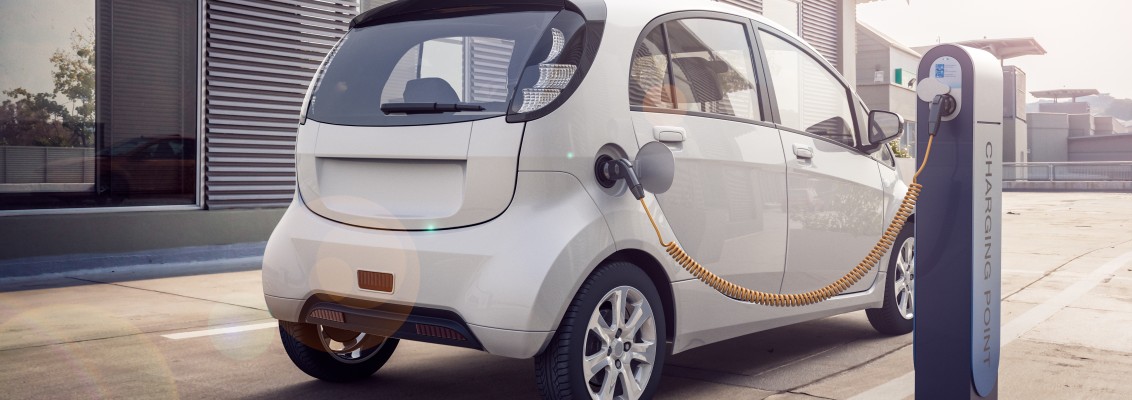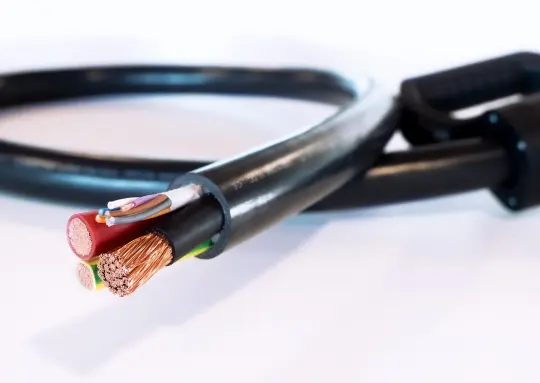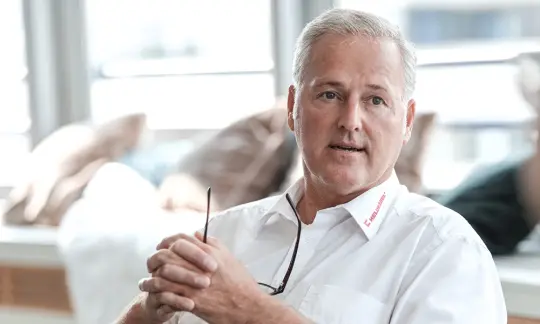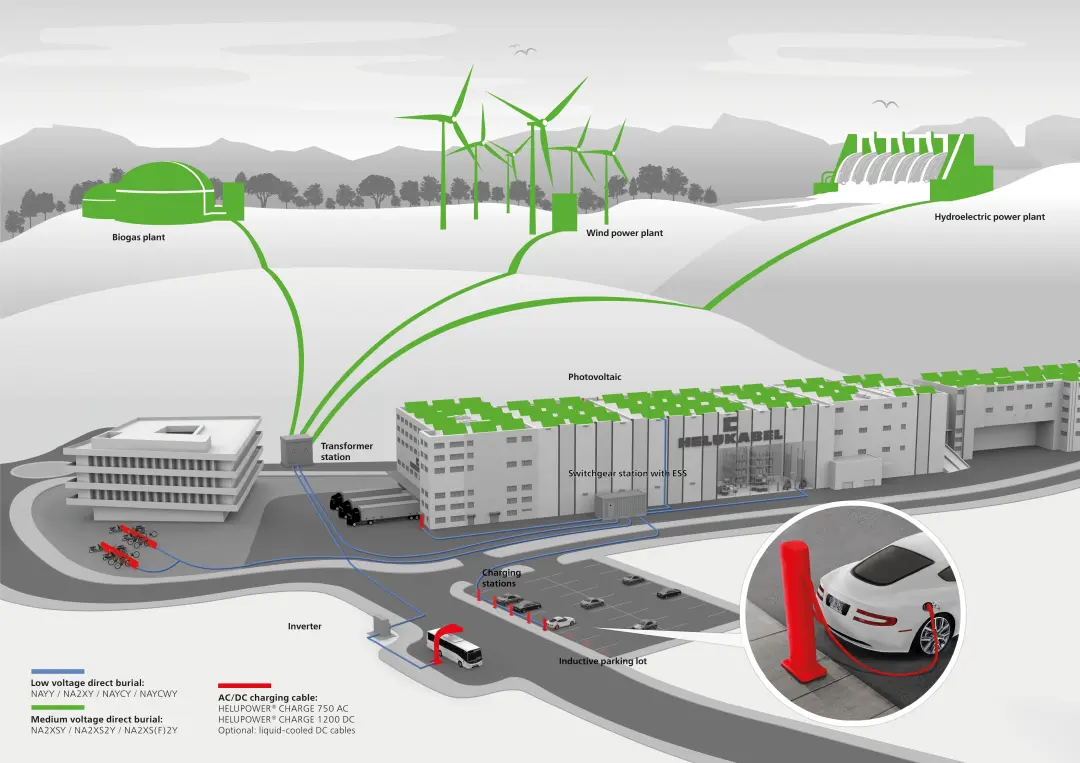"There is no good reason to wait any longer!"
Mobility is possibly undergoing the greatest period of change since the invention of the automobile: the transition to electric vehicles. In the interview below, Uwe Schenk, Global Segment Manager E-Mobility & Renewable Energy at HELUKABEL GmbH, explains the challenges that need to be overcome - and the role that cables and wires play in moving the industry forward.

Mr. Schenk, the expansion of e-mobility is seen as a critical building block in meeting climate targets. What is your view on the progress made globally?
Electromobility has gained strong momentum around the world. The automotive industry is reducing the number of combustion-engine vehicles and is now offering more electric vehicles than ever. Cities and municipalities have also recognized the need to build a nationwide charging infrastructure. Progress is being made, but it needs to be made faster. Furthermore, there currently is a strong dependency on government subsidies and premiums, and if these disappear, the interest in investing in e-mobility technology will decrease.
In your opinion, does the war in Ukraine and its impact on gas prices put more pressure on the automotive industry and drivers to transition to e-mobility at an even faster rate?
The unbearable situation in Ukraine answers this question. The energy needs of a country should not depend on the production of another. Instead, the local production of alternative energies such as wind/solar/hydropower is crucial to the success of the energy transition, but it has been seriously ignored and must re-emerge as a focus area. Renewable energy production combined with storage systems provide energy independence, which is absolutely necessary.
Regarding the automotive sector, our primary goal must be to substitute all vehicles that run on fossil fuels. The trucking industry in particular is heavily dependent on fossil fuels. A truck consumes up to five times more diesel than a car! Therefore, we need to switch to hydrogen power for long-distance transport and electricity for short-distance travel as soon as possible. There is no good reason to wait any longer.
If primary financial interests were not at the forefront, and the need to substitute fossil fuels were recognized, we could achieve this goal.
What technical or organizational obstacles need to be overcome for the widespread adoption of e-mobility in this country? Which countries are perhaps already ahead of Germany in this effort, and what can we learn from them?
There are no technical hurdles, the technologies are available in all leading industrialized countries, but that doesn’t mean it will be easy to achieve global e-mobility either. It will be more challenging in cities and urban areas than in the countryside because not everyone can park and charge their car in front of their house. Nevertheless, there are innovative solutions to improve the availability of energy - for example, energy storage systems that can be used to create decentralized charging options.
First and foremost, it is necessary to overcome the barriers in people's minds for the adoption of this new technology and to break away from existing structures. An example of an obstacle is the high purchase price of vehicles: e-cars must be affordable for the masses. The automotive industry is currently targeting buyers in the middle and upper classes, so there is an urgent need to react. As long as the combustion engine is considerably cheaper, people will continue to buy it.
In a globalized society where the exchange of ideas can occur without delay, we are certainly capable of doing more than just talking about e-mobility, but being able to do it. The Netherlands is a great example with its efforts to convert to electric propulsion for its local public transport, but also in the infrastructure of charging technology. They are a great model to follow at the municipal or state level of larger countries. And when you start adding up each local region it quickly builds across each country to further help the planet.

What are the roles of cables and wires in e-mobility? How can the appropriate cables and wires help in driving the technology forward?
DC charging technology in particular requires very high currents that are transmitted to the vehicle via a charging cable and the appropriate plug. In principle, this is not a problem for the cable - however, its dimensions are limited by the size of the plug. The outer diameter of the cable is predefined, and so are the maximum cross sections of the copper conductors. Powerful charging stations are therefore equipped with active cooling systems. The cooling fluid is fed through the charging cable and cools the copper conductor so that it can transmit higher currents. The contacts of the plug are also cooled by this circuit in order to transmit the high currents in the smallest amount of space possible. This liquid-cooled cable technology requires a sophisticated design.
Which specific requirements must be met by cables and wires in e-mobility applications?
Technological advances would not be possible without the continuous product development of cables and wires. In non-static applications, it is always a challenge to transfer electric energy and to realize interference-free data communication. The demands on cables and wires in e-mobility are very high: the traditional charging cable at the charging station must be very resilient mechanically, function reliably for years and withstand frequent alternating bending cycles. In the maritime sector, there are applications in which cables must be reelable and torsion-resistant at the same time. There are also charging functions that are delivered via drag chains.
E-mobility projects often require sophisticated custom-made solutions. In your opinion, what makes the development of such special cables particularly impressive?
With our production facilities around the world, we can develop and implement custom-made solutions together with our customers. For example, we produce complex hybrid cables that are used in the electrification of industrial trucks - or between power and charging units to make the installation of charging technology on site as simple and quick as possible. Our capability to manufacture cables with outer diameters of up to 2.75 inches (70 millimeters), cross sections from AWG26 to 750 kcmil (0.14 mm² to 400 mm²) and the integration of bus and fiber optic elements are particularly impressive to me.

Look into the crystal ball: What do you think mobility will look like in 10 or 20 years?
The demand for mobility remains unbroken and will remain unaffected by the upcoming profound changes in the mobility sector. Battery-powered electric vehicles, plug-in hybrids and fuel cell vehicles will dominate the roads - and many of them will already be autonomous. I look forward to this development, to less noise and cleaner air. If climate protection rather than maximizing industry profits is at the forefront, then e-mobility will be a success.

